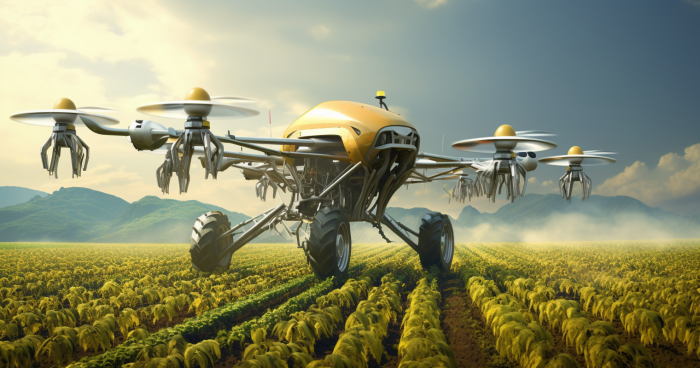In today’s digital age, laptop computers https://www.techme.club/ have become an indispensable tool for work, entertainment, education, and communication. From sleek ultrabooks to powerful gaming rigs, there’s a laptop to suit every need and preference. In this comprehensive guide, we’ll delve into the world of laptop computers, exploring their evolution, components, types, buying considerations, popular brands, maintenance tips, and the future of this ever-evolving technology.
1. Introduction to Laptop Computers
Laptop computers, also known simply as laptops or notebooks, are portable computers that offer the convenience of mobility without compromising on performance. Unlike desktop computers, which are stationary and often require a separate monitor, keyboard, and mouse, laptops integrate all essential components into a single, compact device.
2. Evolution of Laptop Computers
Early Models
The concept of a portable computer dates back to the 1970s, with the introduction of early devices such as the Osborne 1 and the GRiD Compass. These pioneering machines, though bulky and limited in functionality compared to modern laptops, laid the foundation for future advancements in portable computing.
Technological Advancements
Over the decades, laptops have undergone remarkable advancements in terms of design, performance, and features. From the introduction of color displays and built-in trackpads to the development of lightweight materials and energy-efficient processors, each generation of laptops has pushed the boundaries of what’s possible in portable computing.
3. Components of a Laptop Computer
A typical laptop computer consists of several key components, each playing a crucial role in its functionality and performance.
Processor
Often referred to as the “brain” of the computer, the processor (CPU) is responsible for executing instructions and performing calculations. Modern laptops feature a range of processors from various manufacturers, including Intel and AMD, with multiple cores and high clock speeds for enhanced multitasking and productivity.
Memory (RAM)
Random Access Memory (RAM) acts as temporary storage for data that the computer is actively using. The amount of RAM determines how many programs and tasks the laptop can handle simultaneously without slowing down. Upgrading RAM can significantly improve performance, especially when running resource-intensive applications.
Storage (Hard Drive/SSD)
Laptop storage comes in two primary forms: Hard Disk Drives (HDDs) and Solid-State Drives (SSDs). HDDs offer larger storage capacities at a lower cost but are slower and more susceptible to physical damage. SSDs, on the other hand, provide faster read/write speeds, improved durability, and better energy efficiency, making them ideal for fast boot times and responsive performance.
Display
The display is one of the most crucial components of a laptop, as it directly impacts the user’s visual experience. Modern laptops come with a variety of display options, including Full HD, Quad HD, and 4K resolutions, as well as different panel types such as IPS, TN, and OLED, each offering unique advantages in terms of color accuracy, viewing angles, and response times.
Graphics Card
While integrated graphics are sufficient for everyday computing tasks, dedicated graphics cards (GPU) are essential for demanding applications such as gaming, video editing, and 3D rendering. High-performance GPUs from NVIDIA and AMD deliver smooth graphics and immersive gaming experiences on gaming laptops and high-end multimedia machines.
Battery
Portability is one of the defining features of laptop computers, and the battery plays a crucial role in determining how long the device can operate untethered from a power source. Battery life varies depending on factors such as screen brightness, CPU usage, and battery capacity, with some laptops offering all-day battery life and others requiring frequent recharging.
4. Types of Laptop Computers
Laptop computers come in various shapes, sizes, and configurations to cater to different user needs and preferences.
Traditional Laptops
Also known as clamshell laptops, traditional laptops feature a hinged design with a keyboard and screen attached to a single base. They offer a balance of performance, portability, and affordability, making them suitable for everyday computing tasks such as web browsing, word processing, and multimedia consumption.
Ultrabooks
Ultrabooks are a category of thin and lightweight laptops characterized by their slim profile, long battery life, and premium build quality. They typically prioritize portability and battery efficiency without compromising on performance, making them ideal for professionals and frequent travelers who require a powerful yet portable computing solution.
2-in-1 Convertible Laptops
2-in-1 convertible laptops, also known as hybrid or detachable laptops, combine the functionality of a laptop and a tablet in a single device. They feature a touchscreen display and a flexible hinge mechanism that allows the screen to be rotated or detached for use in tablet mode. This versatility makes them suitable for a wide range of use cases, from productivity tasks to multimedia consumption and creative work.
Gaming Laptops
Gaming laptops are designed specifically for gaming enthusiasts who demand high performance, immersive graphics, and responsive gameplay. They feature powerful processors, dedicated graphics cards, high-refresh-rate displays, and advanced cooling systems to handle the demands of modern AAA titles and VR applications. While gaming laptops tend to be bulkier and more expensive than traditional laptops, they offer unparalleled gaming experiences on the go.
Chromebooks
Chromebooks are budget-friendly laptops that run Google’s Chrome OS, a lightweight operating system designed for web-based computing. They are optimized for cloud storage and web applications, making them ideal for students, casual users, and anyone who primarily uses their laptop for browsing the web, checking email, and streaming media. Chromebooks offer fast boot times, automatic updates, and built-in security features, making them a popular choice for users seeking simplicity and affordability.
5. Factors to Consider When Buying a Laptop
Choosing the right laptop can be a daunting task, given the multitude of options available on the market. Several factors should be considered to ensure that you select a laptop that meets your specific needs and preferences.




